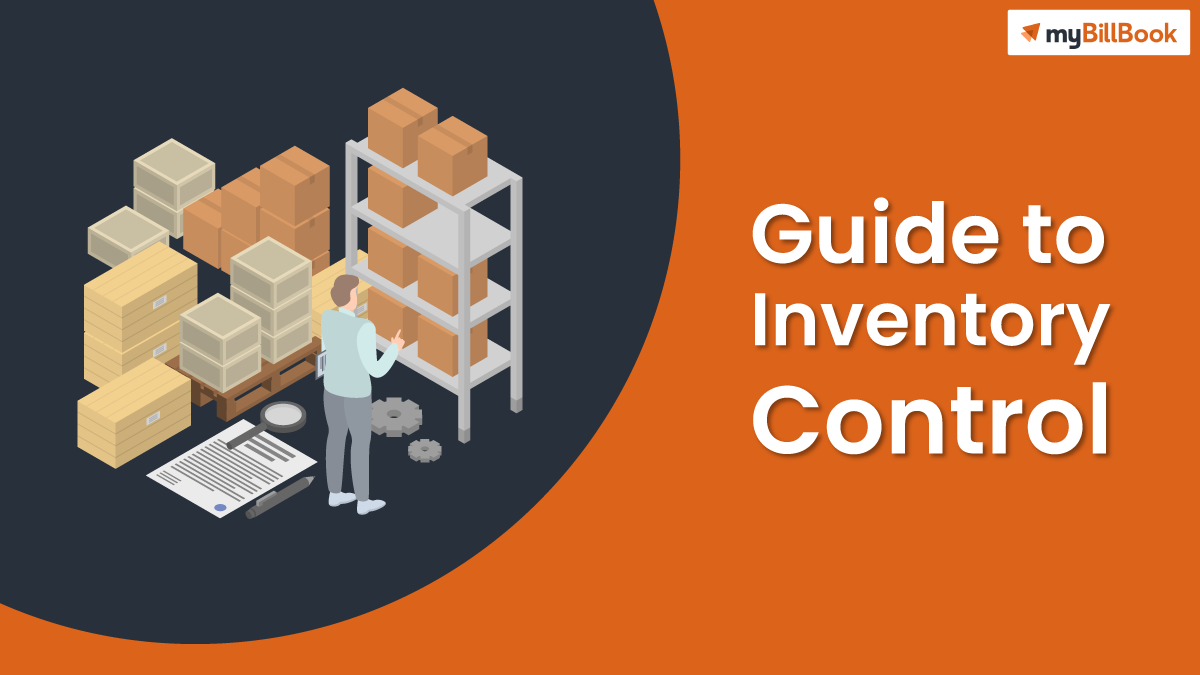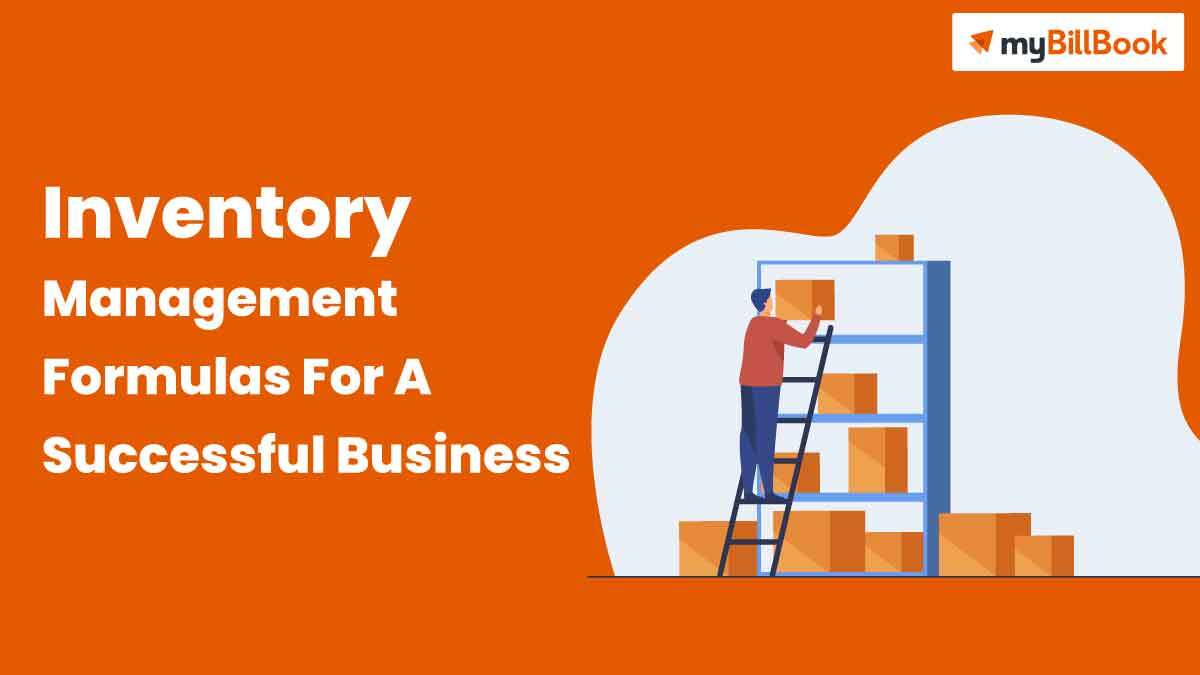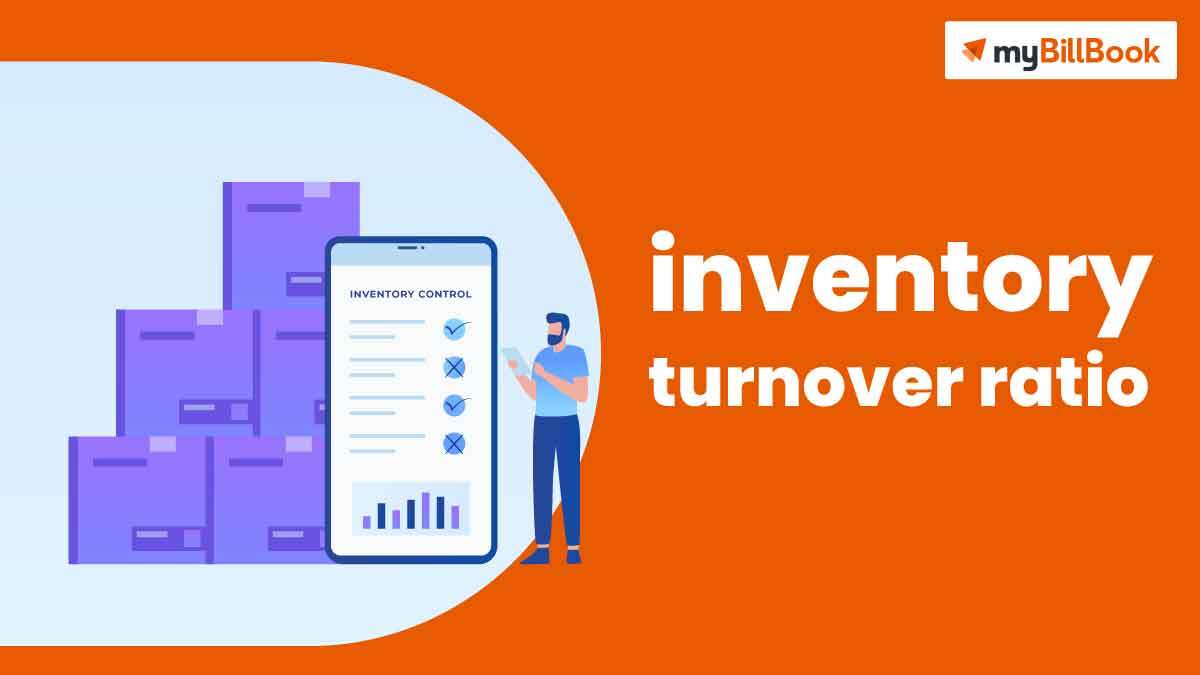What is Inventory Control? – All You Need To Know About Stock Control
Inventory control incorporates many functions such as purchasing, shipping and receiving, trucking and warehousing, storage and other functions. In other words, inventory control is responsible for the flow of materials between multiple points. There are five distinct functions of inventory control: purchasing, shipping, receiving, warehousing and storage, and turnover.
Inventory control, or stock control, can be applied to almost any product and its multiple stages in the supply chain. Inventory control is a term used for managing the inventory of firms in all industries; it may refer to managing either internal inventory or suppliers’ inventories, or both.
If you are managing a warehouse, or know someone who is, then you know just how important inventory management is. It isn’t limited to large companies but also can be applied to businesses of any size. One point is clear, however: Inventory control is an effective and cost-efficient way to operate.
Understanding inventory control can be a challenge. Some may know the basics of inventory management, but many do not. The basic concept of inventory control is understanding your organization’s inventory levels so that you can maximize its use. You want to make sure that you have enough, but not too much, of what you need at any given time. This will help organisations smoothen sales and production while protecting the company from unnecessary returns or breaks in production.
To maximize your use of inventory, you need to eliminate or reduce these problems. The simplest way to do this is by maintaining continuous monitoring of your inventory levels and using statistical analysis on the data gathered. It is important to recognize that interruptions in the supply chain can reduce a company’s ability to meet customer demand.
The steps involved in Inventory Control Management are:
1) Deciding the minimum level:
While inventory control is always best retained at the level of production, at times a decision has to be made based on certain parameters. The decision is often about deciding the levels of inventory. It is a difficult job, but it is not impossible and considering some important aspects can make it much easier.
The appropriate level of inventory is a question that is always asked by manufacturing companies. Inventory management is the art of handling the materials in the right manner and there are several factors that should be considered when planning to draw an inventory level.
2) Deciding the reorder level:
In the context of manufacturing and supply chain management, reorder point refers to the level of inventory that triggers a new order. When you have to decide as to when you will be re-stocking the raw materials which will be used in the production of the final product. If the restocking time passes beyond the committed time of the finished product to the customer, then you will not be able to deliver a complete product to the customer.
3) Setting inventory control regulations in place:
There are various operations that need to be followed for making efficient inventory control and is based on the type of business. The various techniques include perpetual, periodic, variable order quantity, etc.
Different types of Inventory Control Solutions:
1) ABC Analysis
Inventories can be classified on the basis of value and sales frequency, in which A represents the highest value and B most frequent consumption and C category represents those stocks that are not widely consumed.
The ABC Analysis is a pricing tool that helps to monitor the performance of inventory by categorizing them based on their relative monetary value (A), sales frequency (B) and consumption rate (C). The idea is to come up with a system that would help determine where to spend money and more.
2) Just In Time Analysis
Just In Time analysis method asserts that the production pattern has an effect on the inventory levels. Under this method, you will have an inventory level that is equal to the production requirement and helps you get rid of the required space needed for storage. This is done by making the order just-in-time (JIT) so as to get the materials when needed.
While planning your scheduling, always remember that demand fluctuates from time to time for many reasons and thus you need to keep sufficient inventory for most likely, but expensive situations and ensure that there are no unplanned lead times if you have designed stocks to cover them.
3) Economic Order Quantity (EOQ)
Economic order quantity or EOQ is a method of inventory ordering which helps you manage your inventory well. It is applicable to inventories of all kinds and the objective remains the same, the only difference is that in some inventories it will be used along with other inventory methods to solve the problem.
4) FSN (Fast, Slow, and Non-moving)
The inventory of fast-moving commodity is placed first, followed by the inventory of slow-moving commodity and then the non-moving. They are placed in this order as these items sell faster and they can be replaced soon than the other. Hence, they are more important for safety purpose.
Tips that could help your Business with Inventory Control Management:
1) Be clear and concise about the labelling and store information on where goods are stored accordingly. Using the ABC method can help a lot in this process.
2) Listing the product information and tracking its origin, cost and function is great but where do you store it? There are several places you can store this information to make sure it is available at any time. If you have an e-commerce website, the records will be stored in your database.
3) There are many reasons for conducting a physical inventory count in your business. Inventory audits can’t be overlooked. No matter what you sell, you absolutely need to have an accurate inventory count of your business. From SKU-level to FIFO to LIFO, there are different ways these counts can be done.
4) Maybe you’ve heard the 80/20 Rule before. It’s essentially a rule that states that 80% of your profits are made from 20% of your inventory, or by using 20% of your resources to bring in 80% of your profits.
Advantages of Inventory Control Management:
Inventory control involves the analysis of inventory transactions and their integration with production & purchasing. It helps in planning and monitoring material requirements in order to maintain an optimum level of inventories. This ensures a smooth flow of material throughout the operation. Inventory Control is essential for maintaining the lowest cost, highest quality, and continuous operation of a firm.
Inventory Control is a managerial function that means maintaining an optimum level of inventories. One of the purposes of inventory control is to diminish the losses caused by overproduction, underproduction and obsolescence. In short in a nutshell, it can be stated that inventory control is a system for measuring, comparing, disposing, and anticipating materials that are really needed.
One of the most important aspects of a business is its inventory. It’s money that you paid upfront for inventory and you will only make money when sold. If you do not have bills to pay and inventories to manage, then you are losing out on a lot of profits. You won’t be able to focus on your core business because if you do then you will be out of stock.
If you are a business looking to gain some insights on inventory control solutions, contact us and one of our experts would reach you to help you resolve your business’s queries.







